When, how and how to fertilize cabbage seedlings before moving to the garden
White cabbage is cold-loving and perfectly acclimatized in our temperate climate, and dishes made from it are unusually tasty and healthy. Therefore, the vegetable is incredibly popular with Russian gardeners and summer residents. The lack of culture is only in vulnerability at the seedling stage.
The most interesting thing is that cabbage is threatened not so much by pests as by a good attitude: if you allow it to enjoy the cold to its fullest and feed it properly, the vegetable blooms quickly and abundantly! The trouble is that flowering kaputa does not form a head of cabbage, and tries to direct all nutrients not to the leaves, but to the buds. To get a good harvest, you need to feed cabbage seedlings in time with fertilizers that stimulate vegetation and slow down the formation of peduncles.
Fertilizers for soil before transshipment of seedlings
Cabbage is very demanding on the quality and composition of the potting mix. You need a fertile substrate with neutral acidity.
A soil consisting of the following components is ideal:
- five liters of fertile sod land;
- five liters of peat-based substrate;
- some river sand.
The resulting mixture must be calcined in the oven. This will provide disinfection, protection against fungi (mold), rot, parasites.
After preparing the substrate, you must fertilize it. Incorrectly compiled proportion of the mixture can cause the disease of cabbage seedlings with a black leg. It will be impossible to save the affected plants.
To avoid illness, you must strictly follow the manufacturer's recommendations on the fertilizer package.
Most often, the following fertilizers are used for soil preparation, diluted in 10 liters of water:
- 1 glass of wood ash (brings the acidity of the soil back to normal and prevents infection of young plants with fungus, contains potassium, which ensures the growth and development of seedlings);
- 50 grams of dry potassium sulfate;
- 70 grams of superphosphate.
Advice! An aqueous solution of superphosphate provides a good bioavailability of phosphorus for plants.
Top dressing when growing seedlings with a pick
Picking is a procedure when sprouts are transplanted into a larger box or into separate containers. This is necessary so that the seedlings are less intertwined with roots, neighboring plants do not shade each other, and so that each sprout receives the optimal amount of nutrients from the soil. Cabbage seedlings are allowed to be grown both with a pick and without it.
The disadvantage of this procedure is that it slightly inhibits the development of plants, as they re-root and acclimatize, the root system and green mass grow to ensure survival in the new environment.
On the other hand, thanks to the pick, the cabbage becomes stronger, its immunity is strengthened, which perfectly prepares the plants for relocation to the open ground. But this takes some time. Therefore, the technique using a pick is not suitable for obtaining a quick harvest.
Many gardeners practice growing seedlings in special peat tablets or cassettes. This allows you to accelerate growth and get seedlings with cotyledon leaves earlier. When a tablet, shell or cassette compartment becomes cramped for sprouts, the lump of peat or earth is freed from the shell and completely transferred to the new soil - trauma to the root system is minimal.
Important! You do not need to feed seedlings in peat tablets.
After the pick, in order for the cabbage to grow better, and its adaptation to be faster and easier, additional nutrients must be added to the substrate. Most of all, after picking, cabbage needs phosphorus (P), potassium (K) and nitrogen (N). It is these elements that must be introduced into the soil at the same time as planting seedlings. The best option would be a ready-made NPK complex (15 grams of substance per 10 liters of water), but you can make a nutrient mixture with your own hands.
In addition to NPK fertilizer, for the first feeding, seven days after the pick, mixtures are used:
- Four grams of superphosphate, two and a half grams of ammonium nitrate and one gram of potassium chloride per liter of water.
- One tablespoon of urea per 10 liters of water.
- Chicken droppings and mullein are used as folk remedies, they must be diluted in water (one part of mullein or dung per ten parts of water).
Subsequent feeding for pickled cabbage seedlings:
- Re-feeding is carried out after ten to fourteen days after the first. For her, a solution is made of 10 grams of superphosphate, five grams of ammonium nitrate and five grams of potassium sulfate, taken in 10 liters of water.
- The last, third feeding is carried out a few days before the seedlings are moved to open ground and is needed to increase the immunity of plants. In this case, potassium is of particular importance. The best option for the third feeding would be a fertilizer consisting of three grams of ammonium nitrate, five grams of superphosphate (in granules) and eight grams of potassium sulfate.
Top dressing for seedlings grown without picking
When growing cabbage seedlings without transplanting into another soil, there will be only two fertilizing:
- When a second true leaf is formed on cabbage sprouts, any complex fertilizers must be applied in the form of a solution consisting of five grams of fertilizer and one liter of water.
- Re-feeding is done before hardening the cabbage so that there are plump and strong sprouts. At this moment, the seedlings especially need potassium and nitrogen, which provide the growth of the green mass. Dissolve 15 grams of potassium sulfate and 15 grams of urea in a bucket of water (10 liters), pour the mixture over the soil under the cabbage.
Advice! Do not apply top dressing at the same time as watering - it is better to spray the seedlings. This ensures better absorption of nutrients by plants and at the same time reduces the likelihood of fungal diseases.
After planting cabbage in the ground, feeding cannot be stopped, since the plants are going through an adaptation period, and the introduction of nutrients will facilitate and accelerate this process.
Varieties of mineral fertilizers for cabbage
Mineral fertilizers are inorganic substances, consisting mainly of mineral salts.
Fertilizers designed specifically for feeding seedlings are:
- one-component, containing one nutrient;
- complex, including several different minerals.
In order for a plant to develop fully, it needs minerals:
- Potash fertilizers, which include potassium sulfate, potassium salt, and potassium chloride.
- Phosphate fertilizers - double superphosphate and superphosphate.
- Nitrogen-containing products such as ammonia water, ammonium sulfate, urea, and ammonium nitrate.
If any of these nutrients are insufficient, the development of seedlings becomes slower, the leaves become smaller, acquire a light green color and fall off.
An excess of nutrients during feeding causes burns and subsequently the death of seedlings.
Organic
Mineral fertilizers are completely replaceable with organic matter. For example, plants fed with bird droppings thrive. Pour 1 part of the raw material with two or three parts of warm water and let it brew for 2-3 days. Dilute the resulting mixture with water (one part of the mixture to 10 parts of water) and feed the seedlings.
The main advantage of organic matter is that such fertilizers contain almost all the nutrients required for cabbage: manganese, copper, boron, cobalt and many other minerals.
Types of organic matter for cabbage seedlings:
- Compost. To cook it at home, straw, weeds, potato tops, foliage are suitable.
- Bird droppings. It contains a lot of phosphorus, potassium and nitrogen, due to which it has great productivity.
- Manure. It is able to improve the physical and biocharacteristics of the substrate, as it contains a full range of nutrients. After entering the ground, there is an abundant release of carbon dioxide, which is required to feed the seedlings.
By introducing organic matter, excellent results can be achieved, but it is often difficult for an inexperienced gardener to determine the optimal proportions. For this reason, you should consult with a knowledgeable person before feeding.
How many times to fertilize
Factors on which the composition and amount of fertilizers for dressing depends:
- Grade. Early ripening varieties ripen faster, for this reason, they require fewer dressings. The ultra-early ripening hybrid variety needs to be fed only twice a season.
- Variety. Kohlrabi, Peking cabbage, Savoy cabbage, cauliflower, white cabbage have peculiarities, each variety needs its own fertilizer complexes.
- The soil. What kind of soil is on the site is also very important. The less fertile the land, the more nutrients the cabbage needs.
- Depending on the weather (precipitation, air temperature), the composition of fertilizers will differ slightly.
Advice! Many gardeners believe that only organic matter is needed for cabbage, this is not true, since its uncontrolled use can harm the vegetable. Use mineral and organic fertilizers wisely, only then they will be beneficial.
Growing vegetables by seedling method implies mandatory feeding. One of the reasons why seedlings grow poorly is precisely the lack of nutrients in the substrate, and not just seed material. But in order to feed the plants correctly, knowledge is needed, because an excess of nutrients is just as harmful as their lack.
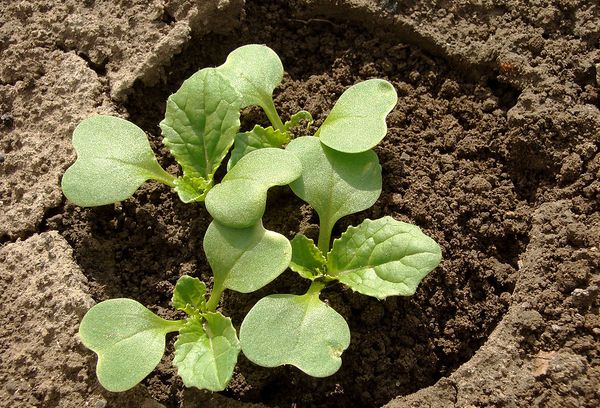
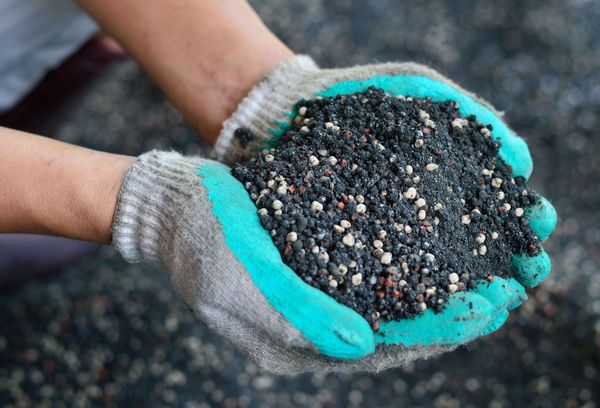


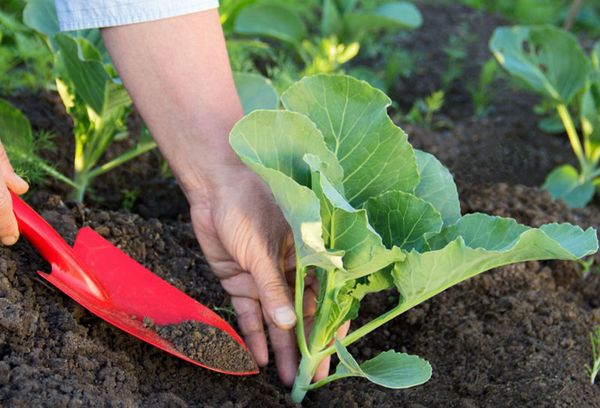
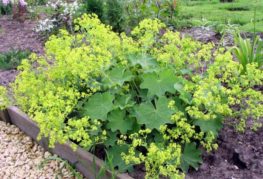
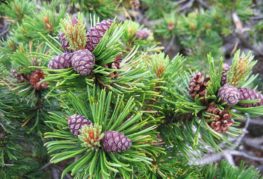
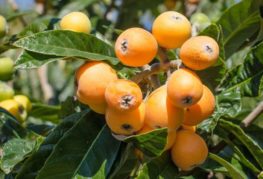
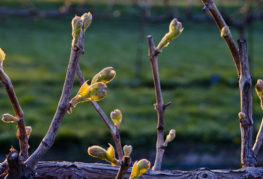
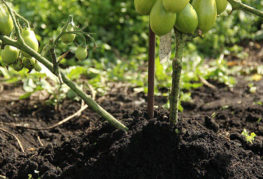
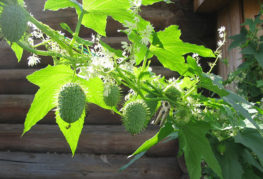
and will be published shortly.